Not a drop wasted? The Hyperion sewage treatment plant in Los Angeles is the world’s largest. A $3 billion proposal would have it capture 100% of storm and sewer water for drinking water supply by 2035. This would help LA catch up with Orange County, a leader in the practice. Doc Searls via Flickr
As California has struggled with drought, Governor Gavin Newsom’s fundamental solution: find more water by diversifying the state’s public water supply. Because of the proximity of the Pacific Ocean, one of the most frequently mentioned sources is seawater desalination. A few communities are trying it, despite environmental concerns.
But another potential source gets less public attention, even though water providers are showing increasing interest thanks to its early successes: reuse.
“…when you want more supply, you have to think about alternatives. The best, most reliable alternative is treated wastewater.”
Peter Gleick, The Pacific Institute
“In many regions we’re running up against limits on natural water availability of the traditional sources of supply,” said Peter Gleick, the co-founder of the Pacific Institute, an environmental research organization. “And when that’s the case, and when you want more supply, you have to think about alternatives. The best, most reliable alternative is treated wastewater.”Californians use approximately 6.6 million acre-feet of water per year in urban areas. To meet this demand, the state’s water utilities identified a range of options including recycled water, desalination, and conservation.
Using less water is the quickest, cheapest and easiest alternative. “Conservation is still one of the biggest things we can do,” said Mehul Patel, the executive director of operations for Orange County Water District’s Groundwater Replenishment System. “Use less, be smarter, think about why we’re using the water we’re using and the volumes we are using it. That would go a long way.” But reused water may be the next best option.
The new goal: doubling the volume of reclaimed water
Reclaimed water is largely used in two ways: first, for industrial machines, irrigation, and agriculture and second, for eventual human consumption after treatment and a period of retention time in an aquifer. These types of reuse, non-potable and indirect potable reuse, already supply approximately 728,000 acre-feet of reused municipal wastewater in California per year. This constitutes 11 percent of total public water system use, and uses less than a quarter of the state’s wastewater leaving room for considerable growth.

Current reuse efforts use less than a quarter of the state’s wastewater leaving room for considerable growth. Gov. Newsom’s goal, 1.8 million acre-feet by 2040, would double the amount of recycled water used in 2021.
According to the Pacific Institute, California has the potential to increase their water supply by an additional 1.8 to 2.1 million acre-feet per year if they expand water reuse. Newsom’s reuse goal, 1.8 million acre-feet by 2040, would double the amount of recycled water used in 2021.
To meet this goal, two Bay Area agencies, Pure Water Soquel in Santa Cruz and the Santa Clara Valley Water District are working to supplement their groundwater aquifers with recycled water that has already been through their system. A state mandate to maintain the sustainability of California groundwater basins by 2040 motivated Pure Water Soquel’s project while Valley Water, which serves the San Jose area, is seeking both to prevent seawater from contaminating aquifers and to augment dwindling supplies. Their advanced water treatment projects will come online in 2024 and 2028, respectively.
Representatives of Pure Water Soquel and Valley Water said they were emboldened by the success of reuse efforts in Orange County, in southern California. Oakland and San Francisco also say they are considering reuse projects, but they haven’t gone as far as a cluster of smaller agencies around them. Pending groundwater augmentation projects would add about 356,500 acre-feet per year when completed.
Monterey One Water’s project, Pure Water Monterey, is a regional pioneer of a more ambitious form of water recycling: indirect potable reuse. The process directs treated wastewater through groundwater aquifers, which are a key source of drinking water. Moreover, the process helps buffer freshwater aquifers from the contamination impact of seawater intrusion.
To combat seawater intrusion, Pure Water Monterey injects purified recycled water back into the groundwater aquifer to correct the water’s chemical composition. It can then be used to augment the drinking water system’s supply.

Mike McCullough, the director of external affairs for Monterey One Water, reflected on how their advanced water treatment facility began with the help of the Orange County Water District, “using water once and discharging it is just not good stewardship.” Calling the Orange County Water District a “leader,” he added, “now we’re just trying to follow and do the same thing that they did just on a lot smaller scale.”
The secret of Orange County’s reuse success
Orange County Water District’s recycling system is the world’s largest water purification system, with the capability to produce up to about 307 acre-feet — or 100 million gallons — of wastewater per day. But their success required overcoming significant obstacles, involving both engineering and psychology.
Orange County Water District via Instagram
Orange County Water District’s success required overcoming significant obstacles, involving both engineering and psychology.
San Diego’s decades-long struggle to establish a system of reuse stood in sharp contrast to Orange County’s achievement. In the early 2000s, San Diego residents balked at the thought of drinking wastewater. At the time, San Diego attempted to install a recycling system but opponents’ objections — the “yuck factor” — won out. Miller Brewery led the opposition, expressing fears that the idea of wastewater in their products would scare away customers. Using the evocative slur “toilet-to-tap,” their campaign halted the facility’s plans.
Then ongoing droughts, along with greater understanding of and the treatment process, helped change attitudes. After about a decade of planning and engineering, San Diego’s first operational water reuse facility, Pure Water Oceanside, was completed last March.
Gleick of the Pacific Institute, reflecting on San Diego’s long journey, said that, as with Orange County, their educational campaign made the difference. “What it means is that [you] don’t launch a water reuse program without a public education and communications program to tell the people what you are doing. Build support for it.”
“We wanted to, in our outreach, show that we have this new technology. It’s very safe,” said Orange County’s Patel. “It’s used in other industries already like food processing, so it’s not like we are trying to do something that has never been done, it just hasn’t been done on a municipal scale.”
Monterey One Water’s McCullough said several agencies including his own found Orange County’s approach a template for how to gain public support. “They’ve handled a lot of obstacles and everybody’s coming behind them. They broke the ground as far as public outreach and education.”
Emulating Orange County, Pure Water Monterey built a small demonstration facility for visitors to watch the equipment in real time and taste the treated water from sinks if they desired. Now, Pure Water San Diego also provides facility tours.

According to a 2016 survey conducted by Xylem Inc. a water technology company, 89 percent of California residents are more willing to consume recycled water after understanding the treatment process. The support for reclaimed water is only increasing with the attention to California’s intensifying-drought. However, a Bill Lane Center for the American West study published in the same year concluded that while education does lower concerns about reclaimed water, participants were still reluctant to use it for drinking, bathing, and cooking.
Treatment that goes above and beyond standard methods
Any water agency planning to use recycled water for drinking must put wastewater through an intense series of treatments, typically with a three-step process after the basic treatment, filtering out most contaminants, is finished.
The water then goes to an advanced water treatment facility, which separates water from any remaining impurities by using an energy-intensive process called reverse osmosis. During this phase, a high-pressure pump pushes water through microscopic holes, trapping everything from dissolved solids like lead, to salt compounds, to tiny contaminants like PFAS, while letting water molecules through.
The water is then nearly as pure as the distilled water used to sterilize hospital equipment. The final disinfection step: treating the water with an advanced oxidation reaction, a process in which ultraviolet light works with hydrogen peroxide to prepare the water for distribution through the water system.
Indirect potable reuse uses reservoirs or aquifers to create an environmental buffer.
For years, recycled water, treated less intensively, has been used for irrigation and heating and cooling. Now, to reach drinking water’s higher standards, groundwater augmentation projects use one more step: sending it into an aquifer to mingle with existing groundwater. Indirect potable reuse uses reservoirs or aquifers to create an environmental buffer. For example, this recycled water can replenish groundwater basins to mitigate the impacts of over pumping.
Direct potable recycling offers “water on demand”
California legislators want to promote direct potable reuse. Instead of adding water back into the groundwater supply, as Orange County does and the several Bay Area agencies plan to do, direct potable reuse provides water ready to go straight to the customer’s tap. The State Water Board plans to adopt regulations on required treatment steps by the end of 2023.
Among those researching direct potable reuse are the East Bay Municipal Utility District, Valley Water, San Francisco Public Utility Company and Monterey One Water, but they cannot move forward and construct facilities until the state adopts final regulations.

Even with indirect potable reuse infrastructure in place, adopting direct potable reuse will require the utilities to adjust the purification process, according to Jonathan Lear, the water resources division manager at Monterey Peninsula Water Management District.
To follow the new rules, Lear said, would mean reengineering the water processing they already use. Nonetheless, when regulations for direct potable reuse are established, these utilities will be keen to incorporate the new water source. As Lear says, “there are large benefits of being able to manufacture water and directly serve it without having to park it somewhere for a little while.”
Other options
State utilities have another, easier option for increasing water supply. Stormwater has long been used as a major source to supplement water supplies as runoff from heavy rain pools in man-made surface water ponds. Urban stormwater capture has the potential to add 580,000 to 3 million acre feet per year depending on rainfall levels.
This source would be beneficial to utilities because it is produced with less energy and expense, though it must clear out such contaminants as pesticides and oil.
Urban stormwater capture has the potential to add 580,000 to 3 million acre feet per year depending on rainfall levels.
Desalination, the treatment of ocean or brackish water for human consumption, gets a lot of attention; the state’s Coastal Commission has recently approved desalination plants in Monterey and Dana Point. But desalinated water requires three to ten times more energy than recycled water. Most of that energy is generated by fossil fuels. Not only does desalination require more costly inputs, but it produces a high-salt concentrate known as brine, which must be pumped into the ocean, threatening marine organisms.
In fact, reclaimed water uses a similar treatment process as desalination — for instance both, rely on reverse osmosis. But the concentrate left over from the recycling process has little of seawater’s salt, so the leftover concentrate is less harmful. Purifying reclaimed water is also cheaper: seawater desalination’s median cost is $1.72 per cubic meter for large plants and $2.29 per cubic meter for smaller ones. Non-potable recycled water costs 45 percent less for small projects. Indirect potable reuse costs 18 percent less for small projects and 38 percent less for large projects.

Stormwater capture is the cheapest alternative water option but its water quality issues may justify choosing reused water, despite the extra cost. Because of the “yuck factor,” recycled water is treated more intensely than conventional drinking water sources.
Because of the “yuck factor,” recycled water is treated more intensely than conventional drinking water sources.
A Stanford study published in November of last year found that recycled water for potable reuse is much cleaner than conventional tap water sources. Because the source is wastewater, regulators require a more intensive treatment process to clear the water of even the smallest of contaminants that can be found in standard drinking water treatment facilities.
McCullough of Monterey One Water agrees that this recycled water’s purity exceeds that of everyday tap water. “No drinking water system goes through the treatment process that we go through so our water is definitely way cleaner.” He added that recycled water “has less particulate matter or viruses or compounds or anything in it than water that is traditionally serving customers now.”
Edited by Felicity Barringer.
Read Next in …& the West
A simmering revolt against groundwater cutbacks in California
New agencies find making sustainability plans is hard, but easier than persuading growers to accept them.


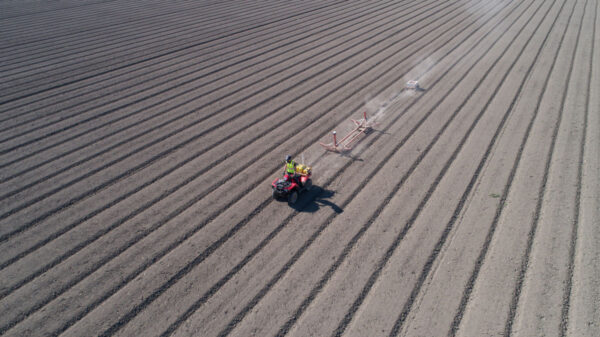







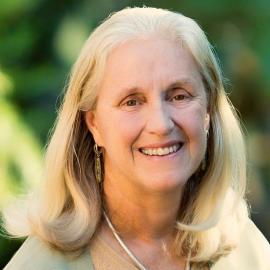
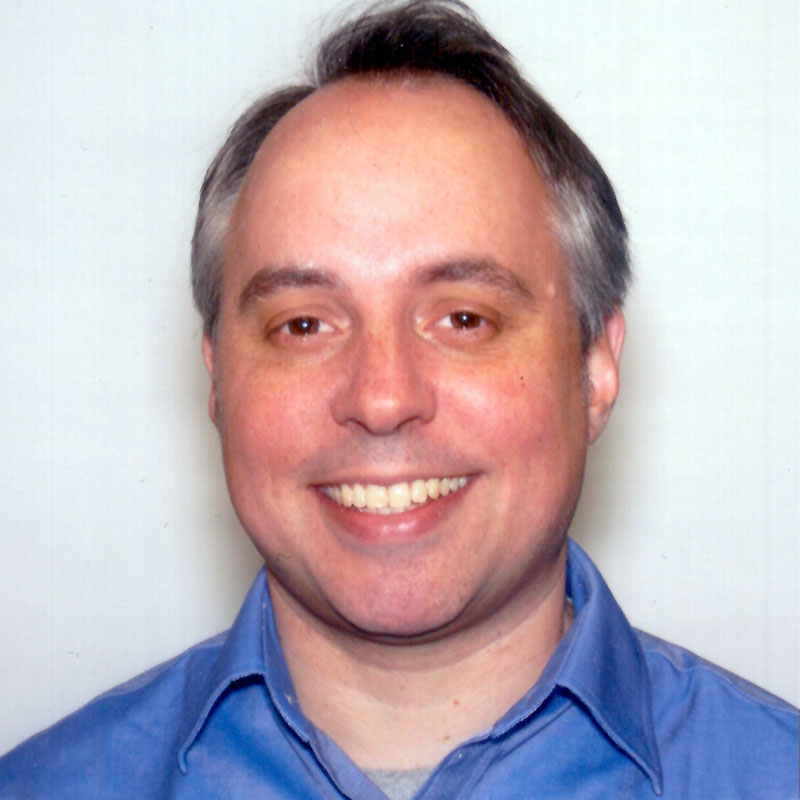
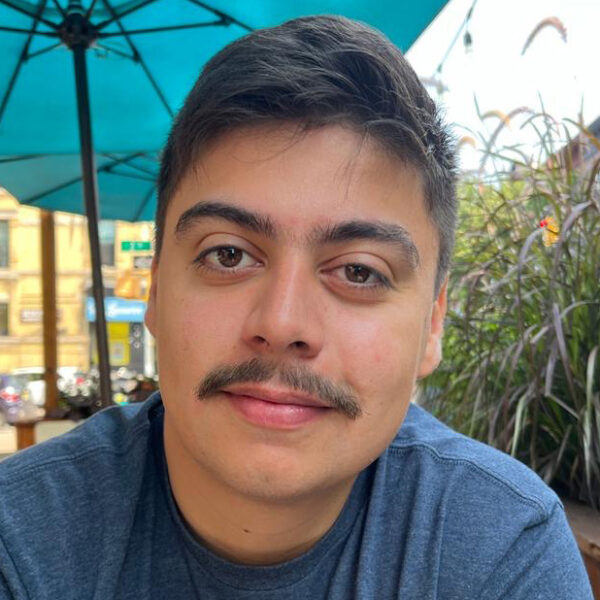





















One reply on “In times of scarcity, California’s best new source of water? Reuse.”
Why not confront the real problem. TO many straws into a limited supply of water? before the masses there wasn’t a problem, no CA has added 50 million more people and not constructed one new reservoir or upgrade any existing reservoirs. Now they want us to drink water that has been treated for raw sewage and want us to believe that in 20 years they will not find that it increases the chances of getting some form of cancer. Nope let the politicians drink it with their closest family members for 10 years as test rats, force developers to open up land for recharge basins instead of mass density housing, build new reservoirs for storage for farming and domestic supplies and the rest of us will wait to see how the test results come out.